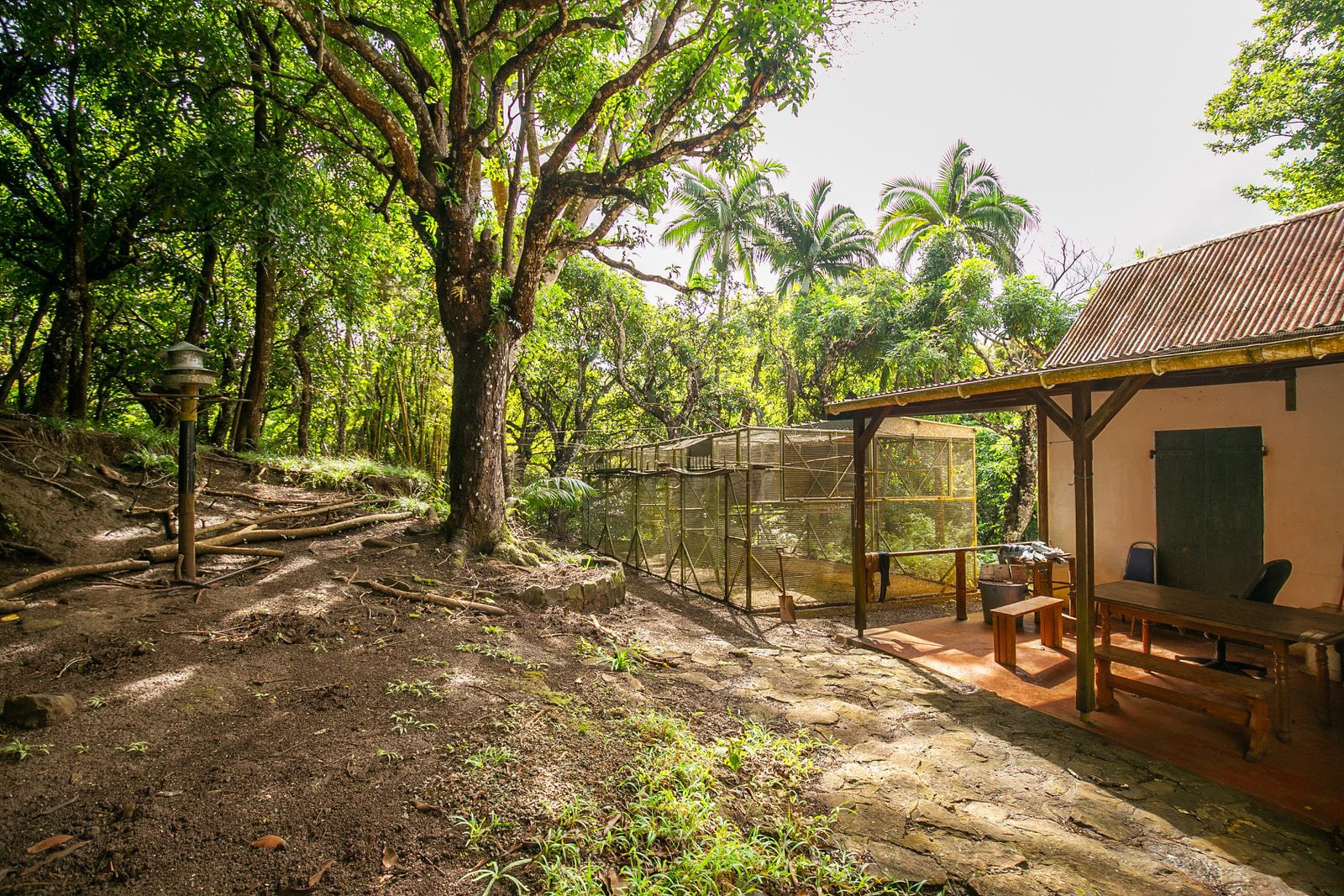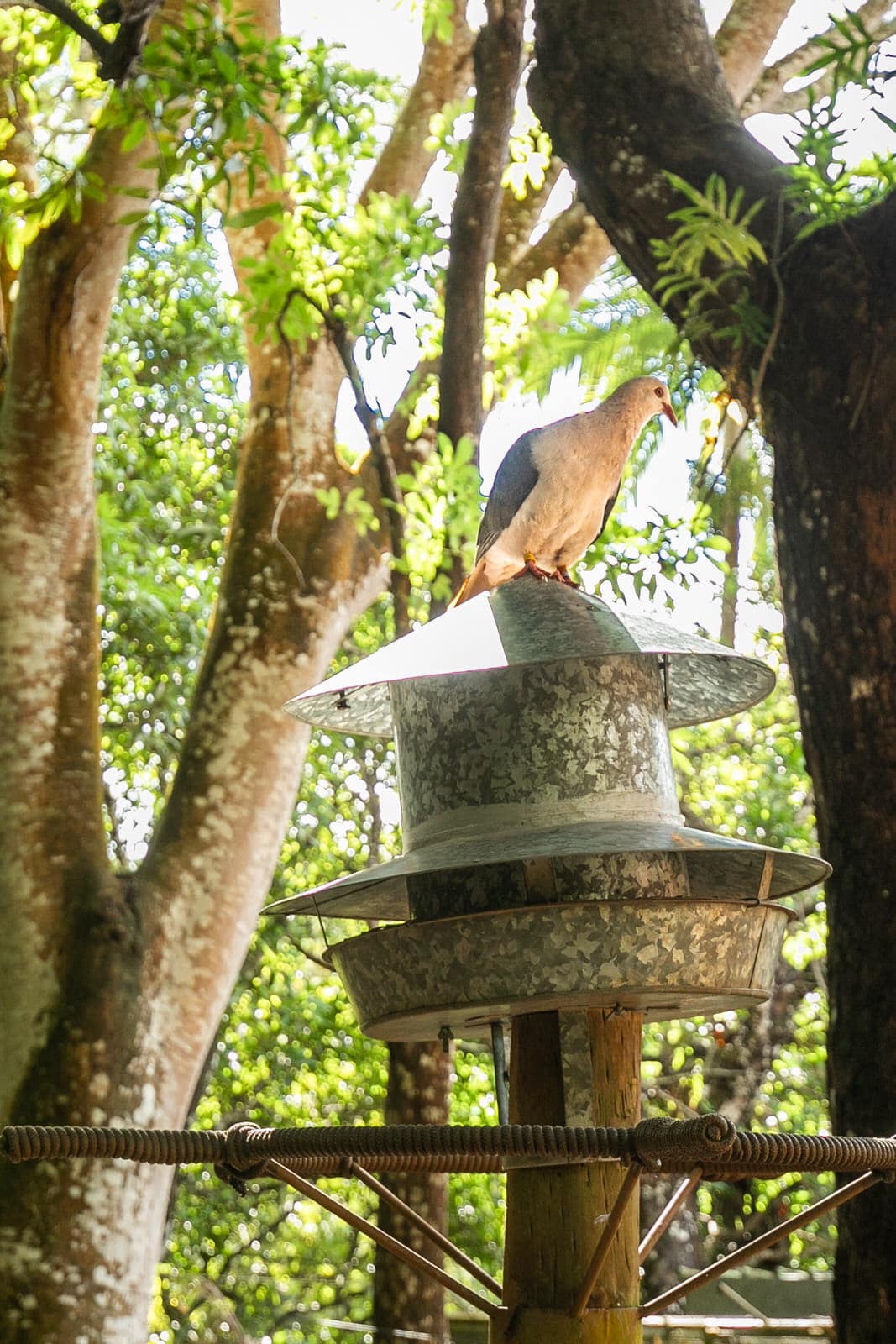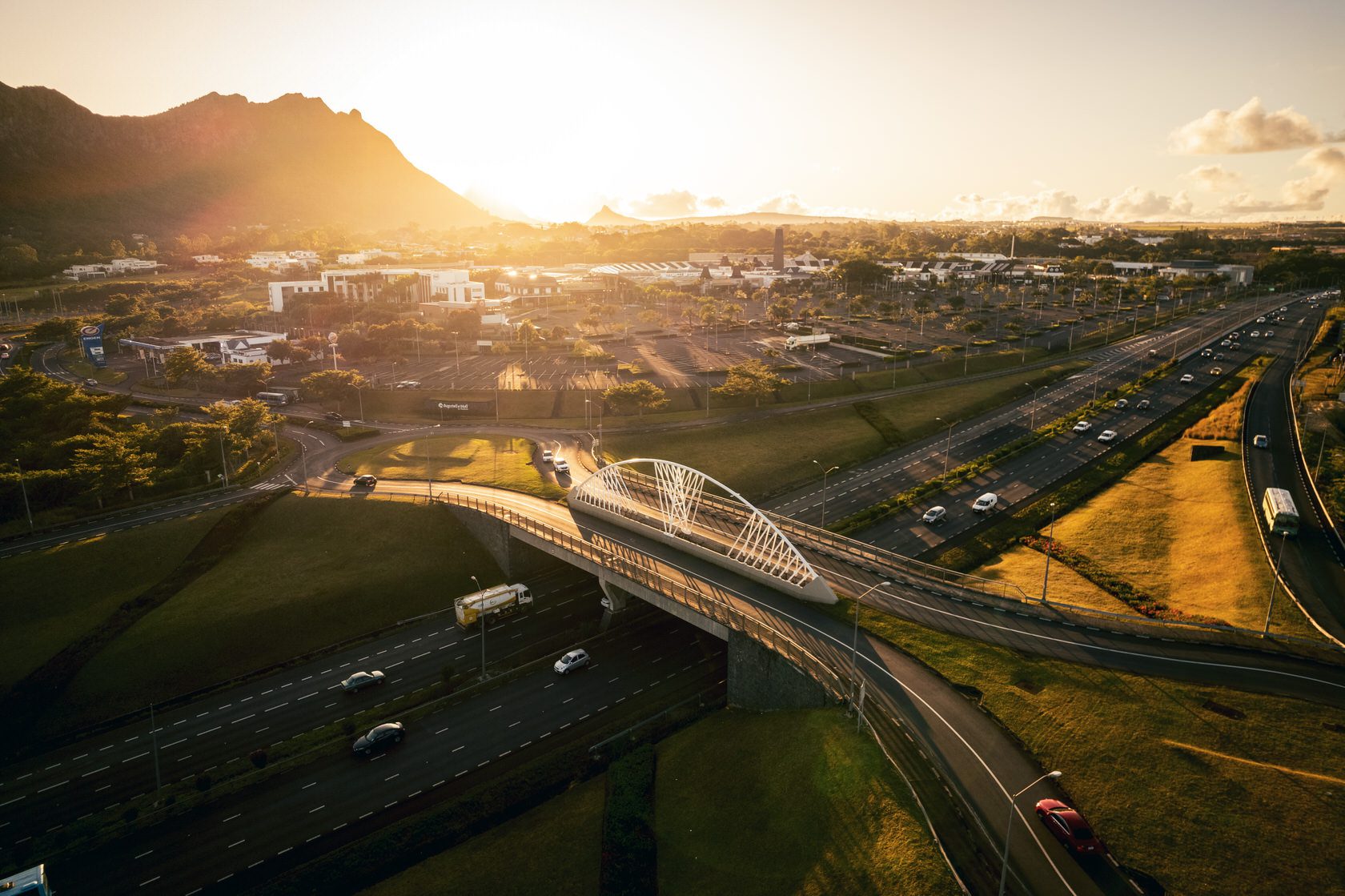Since 1977, our island is the proud custodian of a UNESCO-recognised Biosphere Reserve. Stretching over 8,582 hectares, the Black River Gorges- Bel Ombre (formerly Macchabée-Bel Ombre) biosphere reserve harbours the last few remnants of Mauritius’ native plant species and is one of the island’s largest carbon sinks. This green oasis aims at bringing together biodiversity conservation, sustainable development, and social inclusion.
Man, science and nature
The UNESCO World Network of Biosphere Reserves comprises 714 reserves, in 129 countries. Put together, they cover an area almost the size of Australia. These reserves contribute to the conservation and restoration of ecosystems and cater to the economic and social development of the region through sustainable activities. Research and training also play a crucial role. The biospheres stand out as dedicated spaces that foster interaction between man, science, and the environment.
To claim biosphere status, in addition to their ecological assets, these territories must also demonstrate that they bring together stakeholders from all sectors, getting them to work towards a common objective.
Shared ambition
Until a few years ago, the identification of a central protected area was enough to obtain the UNESCO label. Since then, the selection criteria have been expanded, requiring the inclusion of two additional zones around the centre: a buffer zone and a transition zone.
“In 2017, the director of the UNESCO ‘Man and Biosphere’ program identified Bel Ombre as a region with very high potential to support our case,” says Vinesh Gopal, acting deputy director of the National Parks and Conservation Service (NPCS) and UNESCO Man and Biosphere National Focal Point for Mauritius.
This observation triggered discussions between the public and private sectors and the community. The Rogers Group, through its ownership of Agrïa, holds the bulk of the land that was needed to establish these two zones; the village of Bel Ombre is located in the transition zone; meanwhile, the Mauritian Wildlife Foundation (MWF) has worked hard on the ground and has the capacity to report our biodiversity to the NPCS.

The central area
The central area of the biosphere – 6,574 hectares – represents the Black River National Park. This protected area is under the authority of the NPCS; only conservation projects and occasional educational visits for the public are allowed.
Rare native species, Pink pigeon, Kestrel, Echo Parakeet, Red-whiskered bulbul, Réunion olive white-eye, Ebony wood, ‘Bois de natte” (matting wood) are in the process of population restoration, thanks to the work of the MWF. Out of 670 species native to Mauritius, 120 are found in Bel Ombre. “This exceptionally rich forest represents the best chance of survival for several species,” says Vikash Tatayah, Conservation Director of MWF.
The MWF’s intervention in the region since the 1990s has made it possible to save the Mauritius kestrel (in 1970, there were only four, today there are 350) and the Echo parakeet (25 in number in 1980, currently there are 800). Besides these notable successes, the NGO undertakes research, construction of artificial nests, bird banding, and disease control to monitor these species.

The buffer zone
A buffer zone has been erected, adding an area of 497 hectares around the central zone. Ecotourism activities are permitted in this zone, in accordance with the principles of sustainable development of the biosphere.
The Rogers Group is committed to respecting these conditions on the 75 hectares of land it has granted to this zone. From sustainable agriculture at Agrïa, to educational walks in neighbouring reserves, the activities of the group’s subsidiaries are in harmony with nature.
Yet, what would all these efforts be worth without an educational component to ensure their sustainability? In this respect, the MWF worked for several years to train guides and labourers in the region as well as the general public, through its reception centre.

The transition zone
“The transition zone consists of 1,511 hectares, on which Rogers develops agricultural activities (at Agrïa) and hotels. Aware of tthe role it must play in this region and beyond, the group has drawn up a charter, promising a substantial contribution to the sustainable development of Mauritius”, confirms Christian Nanon, Sustainability Manager of the Rogers Group.
Green Key certified hotels, a zero carbon footprint objective, waste management, the use of renewable energy, the protection of terrestrial and marine biodiversity, the promotion of entrepreneurship… Rogers has seized the opportunity to set more lasting objectives, for the group and for the region, while relying on Nature-based Solutions. These solutions include the creation of an ecological corridor on the banks of the Jacotet River to facilitate the migration of native species or reforestation efforts to control soil erosion.
In addition, it was essential to ensure the cooperation of the village of Bel Ombre – which is located in the transition zone – by demonstrating how this project contributes to improving the quality of life of its community. Without this human touch, the very definition of the biosphere would be put to the test. The NPCS, therefore, offers training to villagers, to raise awareness of the potential of this project. This leads to the establishment of farming, fishing and tourism practices that are more respectful of the environment.
Local solutions, global issues
“The file submitted to UNESCO was accepted from the outset and its committee offered congratulations on the quality of the project,” Vinesh Gopal says proudly. “Our island is cited as an example and Bel Ombre is the first recognized village!”
This tripartite collaboration was sealed by the official UNESCO announcement, in October 2020, that recognised the site and its new name. The effort put into the project was even more amply rewarded when Vinesh Gopal learned that Mauritius would be part of a research committee on the role of biospheres as carbon sinks to reverse the effects of climate change on Small Island Developing States. The appointment of a local committee must now be implemented to ensure the conservation of this biosphere reserve and the sustainability of this prestigious UNESCO recognition.
“5% of the Earth’s surface is recognized as a biosphere area. There is no doubt that Mauritius has shown exceptional qualities to earn this title!”, concludes Christian Nanon.




















